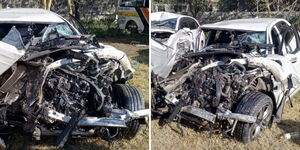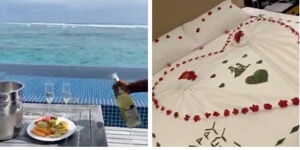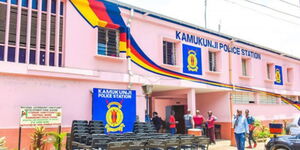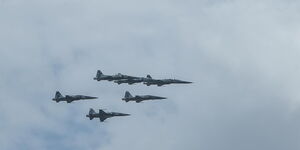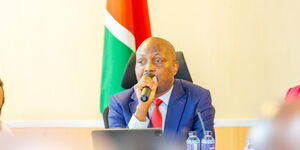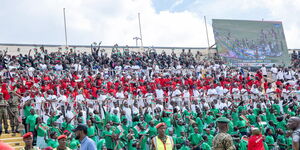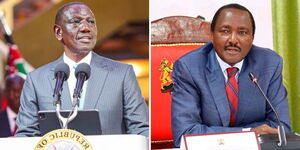Aviation companies spend quite a fortune to ensure their jets, aircraft and helicopters remain sparkling clean at all times. This also extends to mechanical maintenance that prevents them from suffering any faults that can be quite costly.
Various factors come to play when detailing or cleaning an aircraft. From the size of the aircraft, amount and details of detergents involved, the brand of aircraft, metal polishing and add on services.
According to aviation cleaning companies, the price of washing an aircraft varies as charges are prescribed per the parts being cleaned. An exterior wash only can cost from Ksh11,120 for a light Cessna aircraft and up to Ksh66,720 for a large jet.
Polishing engines cost between Ksh30,580 and Ksh278,000 for a small and large jet respectively. These prices, however, include special add-ons used to clean boots or spinners.
Interior cleaning can cost between Ksh8,000 for a small turboprop and Ksh38,000 for a large jet. Nonetheless, the level of cleanliness and work required aids aviation companies determine the prices.
Exterior cleaning services
Airplane cleaning companies offer the following services which are either charged exclusively or inclusively.
Exterior wash: A plane is either given a wet or dry wash depending on dry cleaning methods too. The boot and spinners are also washed. Dry cleaning is whereby airport film, dust, and small accumulations of dirt and soil are removed.
Belly de-grease: The aircraft’s belly is washed by a specialist who manually wipes the grease which damages paintwork.
Compounding and waxing: Specialists remove old wax, contaminants and other paint oxidation with a machine buffer. They also apply wax to restore shine.
Metal polish: Cleaning companies remove hazing, scratches and pitting from the plane's metal surfaces with high-speed buffers which restore shine.
Paint care: This is done once a year. After metal polish and belly de-grease is done, experts resort to maintaining the paint, where they remove oxidation from the paint’s surface and restore shine. Aviation-approved sealants are also applied to restore the paint.
Interior cleaning services
Specialists clean the interior, from carpets, the cockpit and the entryway.
Carpets are cleaned using spot treatment while windows are washed using an aviation window cleaner.
The majority of the work is done in the cabin and the cockpit which is wiped softly. Windscreens are wiped downwards.
In the cabin, all surfaces are wiped, seats, sidewalls, headlines, tray tables, seatbelts are cleaned. The specialists then ensure that the seats are moved into the recline position. Tidy blankets and pillows are added for large aircraft.
The gallery - the compartment where food is cooked and prepared is also cleaned. All surfaces, from the fonts and edges of drawers and cabinets, are washed. The lavatory is also given priority. Cleaning includes washing the toilet bowl, mirror, sink, light fixtures, and walls.
Cleaning techniques
One of these techniques is electrostatic spraying when an electrostatically charged mist is sprayed onto surfaces and objects. The electrostatic spray uses a specialized solution that is combined with air and atomized by an electrode inside the sprayer.
Fogging is whereby a mist is applied on plane surfaces using a spray bottle.
How often are planes washed?
This depends on the airline and the trips a plane makes. The onset of the pandemic necessitated companies to frequently disinfect planes more than before. Some planes use electrostatic spraying in between trips while others are deeply washed for hours after being parked.
Different disinfectants are used. The favourite for man is reported to be the Matrix 3, approved by the Federal Aviation Administration. Matrix 3 does not corrode aluminium.
Which system does airlines use to differentiate cleaned and uncleaned planes?
Companies use a database where cleaning companies log in cleaned flight plane numbers. Some use employees who cross-check and fill data while others encompass passenger feedback.

